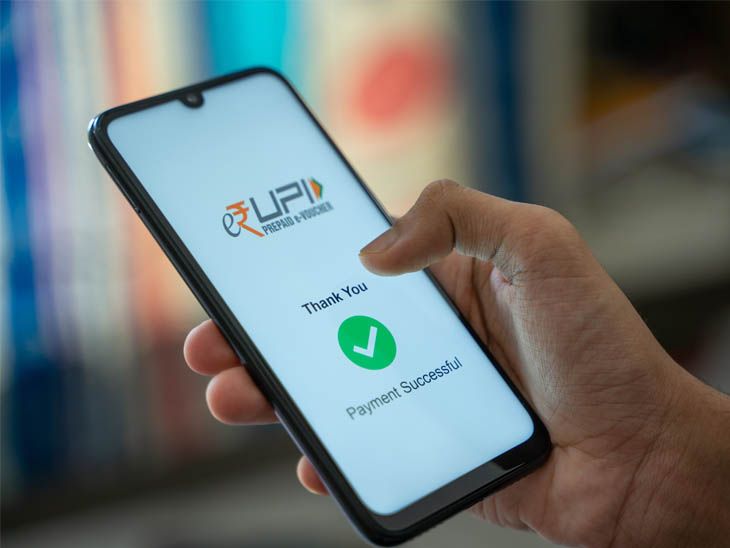India News Get -BusinessYou will be able to make payments through third-party apps through UPI Wallet
The Reserve Bank of India (RBI) has now made it even easier to transfer money through the Unified Payments Interface Wallet i.e. UPI Wallet. From now on, customers will also be able to access their wallet through third-party applications. This means that you will be able to transfer funds to any UPI app from the wallet present on any app.
The Reserve Bank of India has issued a circular allowing payment/transfer via third-party UPI into verified wallets. For this, it will be mandatory for those who have PPI, i.e. prepaid payment instruments, to do KYC. After this decision by the Reserve Bank, banks or non-banks will be able to issue their PPI portfolio.
Steps taken to facilitate digital payments: The aim of this green signal from the Reserve Bank is to facilitate the process of digital payments. With this, payment via UPI can be accepted on the PPI wallet and money can also be sent on the UPI platform.
According to RBI, at present, UPI transactions linked to a bank account are done through the bank’s UPI app or through third-party UPI, but to make a UPI transaction through a digital wallet, the transaction has to be done through the same application on which the number is registered.
Understand prepaid payment instruments like this: You currently transact money through apps like Google Pay, Fone Pay or Amazon Pay, but this is only possible when these digital payment wallets are linked to a bank account. Now, according to the new RBI rules, you will be able to make monetary transactions or payments even through such digital payment wallets, which are not linked to any bank account.
These will be third-party applications, i.e. prepaid instruments. That is, a digital wallet in which money must first be deposited via bank account, UPI or cash. You can then pay the same amount.
Like using a gift card, metro card, etc. These are all PPI wallets. Money deposited in cash or by transfer from a bank account can only be used for payment. But after the new order from the Reserve Bank or after doing its KYC, the money can also be transferred through these apps on Google Pay, Phone Pay, etc.
UPI is managed by NCPI
The RTGS and NEFT payment system in India is operated by RBI. Systems like IMPS, RuPay, UPI are operated by the National Payment Corporation of India (NPCI). The government had imposed a fee-free framework for UPI transactions from January 1, 2020.
How does UPI work?
For UPI service, you need to create a virtual payment address. After that, it will need to be linked to the bank account. After that, you no longer need to remember your bank account number, bank name or IFSC code etc. The payment provider simply processes the payment request based on your mobile number.
If you have their UPI ID (email ID, mobile number or Aadhaar number), you can easily send money through your smartphone. Not only cash but also net banking, credit or debit cards will not be required for paying utility bills, online shopping, shopping etc. You can do all these things through the Unified Payments Interface system.
Now, tax payment up to ₹5 lakh will be made through UPI: Users will be able to pay up to ₹5 lakh per day even at hospitals and educational institutions.
Indian taxpayers will now be able to pay taxes up to Rs 5 lakh through UPI. Until now, this limit was Rs 1 lakh. The National Payment Corporation of India (NPCI) has launched this facility in the Unified Payments Interface (UPI) from September 16. The government had issued a circular to this effect on August 24.
Earlier, during the Monetary Policy Committee (MPC) meeting of the Reserve Bank on December 8, 2023, the government had announced the increase in payment limit through UPI in hospitals and educational institutions from Rs 1 lakh to Rs 5 lakh per day. . here…

